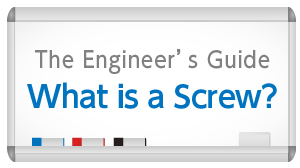Berlin Germany
Registered
@jellyrug
by definition from mechanical engineering:
an expansion screw ! , at a given load, it lengthens permanently because it has been loaded beyond its elastic limit and this lengthening can be permanently determined with good measuring tools - even years after been turned out .
it will simply be longer than when delivered / when new.
the (elastic) stretch e.g. at a connecting rod bearing cap screw you can also easily measure that , but this screw or stud is normally never ever loaded beyond its elastic limit - means if put out it has the original length again as delivered .
stretch is no durable expansion.
a stretched screw returns to its original length.
an expanded one never ever - it remains in its longer, by torque etc. , stretched form and length .
eventually the us and the german engineers use other words for this type of screws,
but i´m tired to dicuss that any longer.
by definition from mechanical engineering:
an expansion screw ! , at a given load, it lengthens permanently because it has been loaded beyond its elastic limit and this lengthening can be permanently determined with good measuring tools - even years after been turned out .
it will simply be longer than when delivered / when new.
the (elastic) stretch e.g. at a connecting rod bearing cap screw you can also easily measure that , but this screw or stud is normally never ever loaded beyond its elastic limit - means if put out it has the original length again as delivered .
stretch is no durable expansion.
a stretched screw returns to its original length.
an expanded one never ever - it remains in its longer, by torque etc. , stretched form and length .
eventually the us and the german engineers use other words for this type of screws,
but i´m tired to dicuss that any longer.


